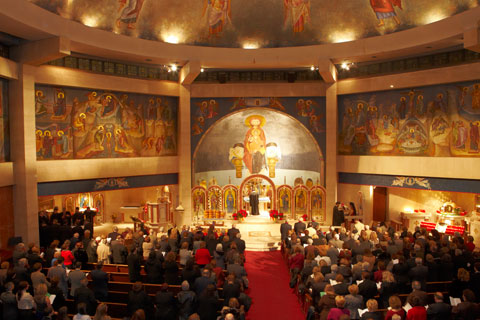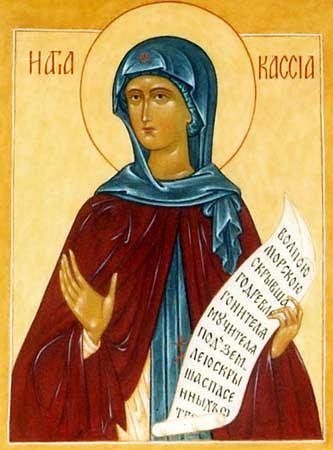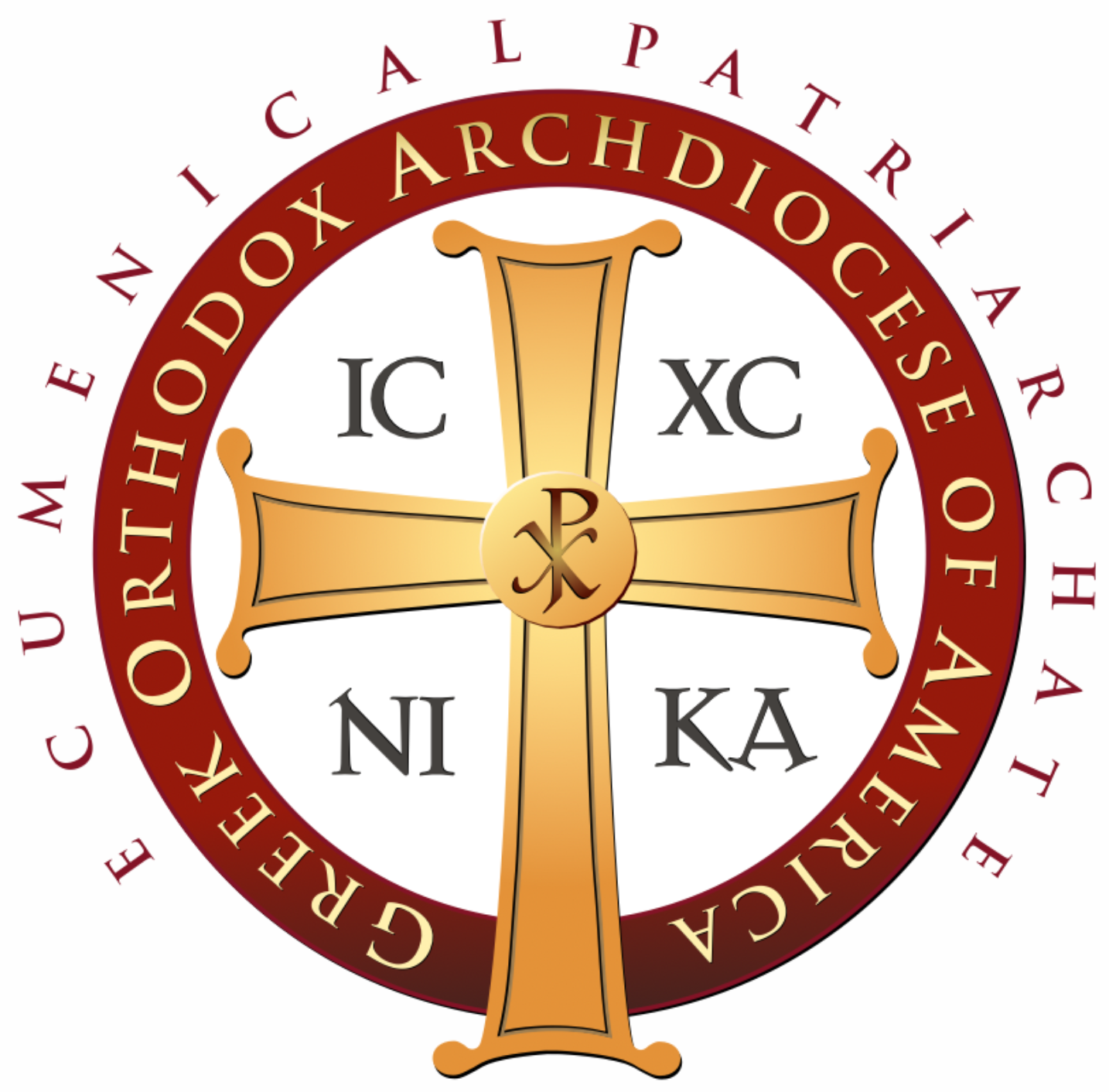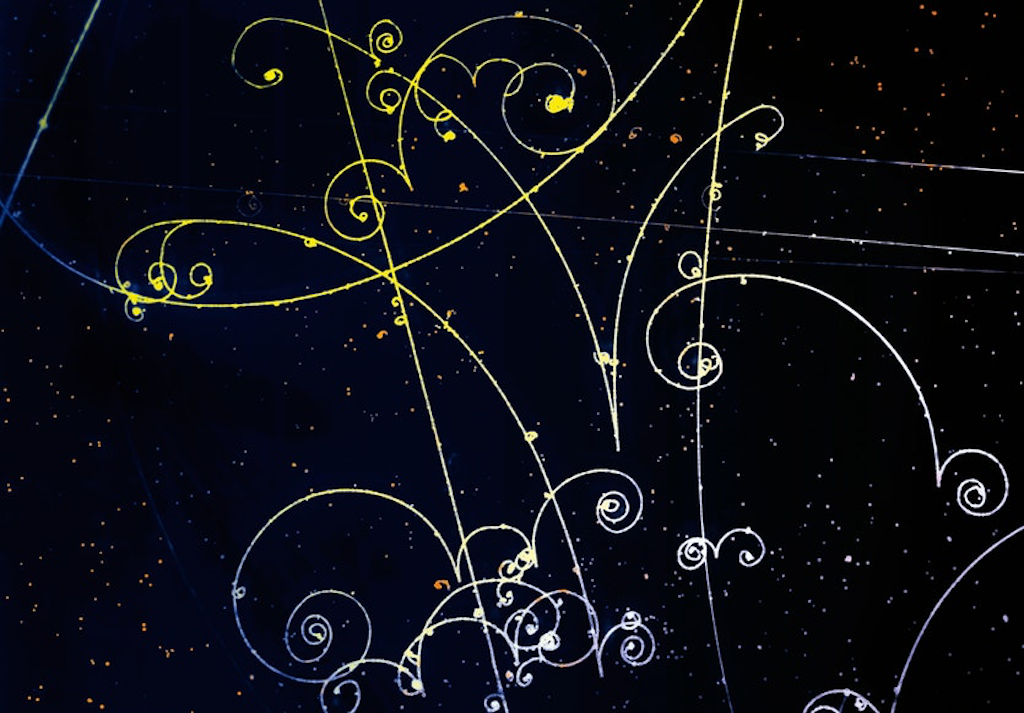Daily Lectionary Readings
Music
Byzantine Church Music
- Boston Byzantine Choir [www.stmaryorthodoxchurch.org]
- Eikona [www.eikona.com]
Byzantine music (also found in the literature as “Byzantine Chant,” “Chant of the Eastern Christian Church,” “plain chant,” “Greek Byzantine Chant,” “Byzantine Sacred Music,” “Byzantine ecclesiastical music”) is considered by music historians the predecessor of western music.
 It is called “Byzantine” because it was developed during the Byzantine Empire, which was founded when the capital of the Roman Empire was transferred from Rome to Constantinople in 324.
The Empire existed in the eastern Mediterranean area until the fifteenth century.
The music of this “New Rome" in many ways was based on late Greco-Roman musical traditions. Subsequently, it played a major role in shaping the musical traditions of the Latin West and the Islamic East manifesting various degrees of influence.
It is called “Byzantine” because it was developed during the Byzantine Empire, which was founded when the capital of the Roman Empire was transferred from Rome to Constantinople in 324.
The Empire existed in the eastern Mediterranean area until the fifteenth century.
The music of this “New Rome" in many ways was based on late Greco-Roman musical traditions. Subsequently, it played a major role in shaping the musical traditions of the Latin West and the Islamic East manifesting various degrees of influence.
 Byzantine music as a musical idiom is unique in that its particular notation and expression has – through various reforms - been in continuous use for over ten centuries. Today it survives largely within monastic centers of the Eastern Christian Church, such as the Ecumenical Patriarchate of Constantinople (today known as Istanbul, Turkey) and the 20 monasteries of Mount Athos (located in Macedonia, Greece; recently covered in a “60 Minutes” special).
Byzantine music as a musical idiom is unique in that its particular notation and expression has – through various reforms - been in continuous use for over ten centuries. Today it survives largely within monastic centers of the Eastern Christian Church, such as the Ecumenical Patriarchate of Constantinople (today known as Istanbul, Turkey) and the 20 monasteries of Mount Athos (located in Macedonia, Greece; recently covered in a “60 Minutes” special).
Orthodox Church Music
- Saint John of Damascus Society [www.johnofdamascus.org]
- The International Society for Orthodox Church Music [www.isocm.com]
Church Music

- AGES Initiatives
- The Divine Music Project
- New Byzantium Publications
- Typesetting Byzantine Music
- Trisagion School of Byzantine Music
- Byzantine Choir of St. George Antiochian Orthodox Cathedral
- Books on Byzantine Neumes Musical Notation
Φῶς ἱλαρὸν ἁγίας δόξης ἀθανάτου Πατρός, οὐρανίου, ἁγίου, μάκαρος, Ἰησοῦ Χριστέ, ἐλθόντες ἐπὶ τὴν ἡλίου δύσιν, ἰδόντες φῶς ἑσπερινόν, ὑμνοῦμεν Πατέρα, Υἱόν, καὶ ἅγιον Πνεῦμα, Θεόν. Ἄξιόν σε ἐν πᾶσι καιροῖς ὑμνεῖσθαι φωναῖς αἰσίαις, Υἱὲ Θεοῦ, ζωὴν ὁ διδούς· διὸ ὁ κόσμος σὲ δοξάζει.


